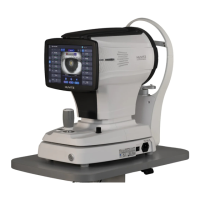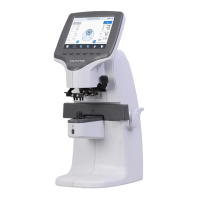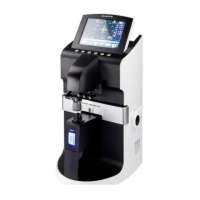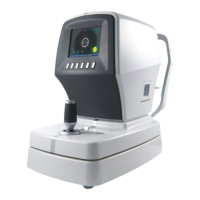How to fix Huvitz Measuring Instruments screen that does not turn on?
- AAnthony NewmanAug 6, 2025
If the screen of your Huvitz Measuring Instruments does not turn on, there could be a couple of reasons. First, check the connection of the power cable to ensure it is properly connected. Second, verify that the power switch is turned on.










